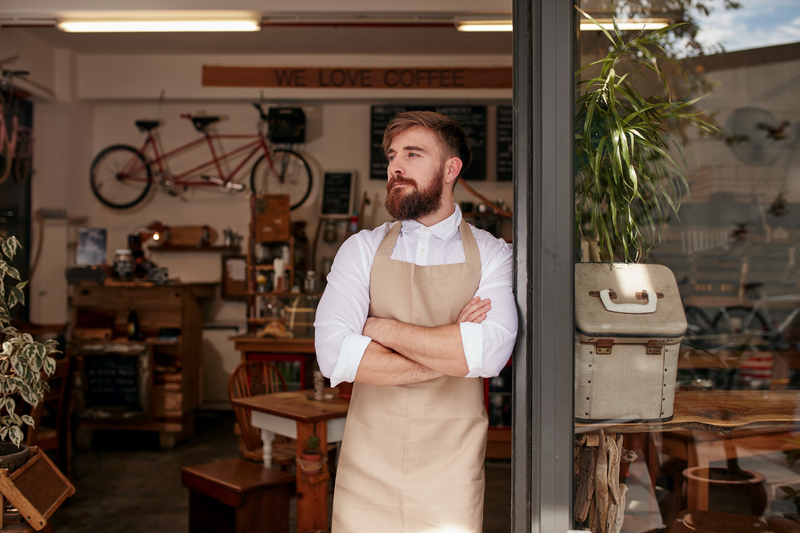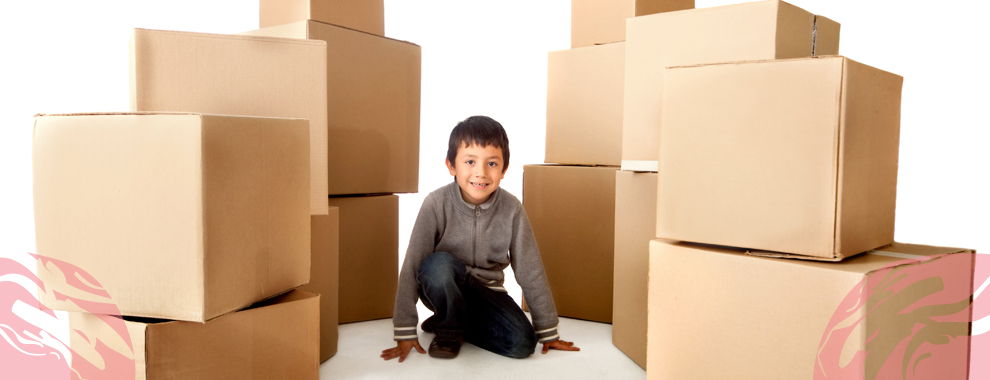Why Attempting to Move a Piano Yourself is Not Advisable
Posted on 21/05/2025
Why Attempting to Move a Piano Yourself is Not Advisable
If you are considering moving a piano yourself, stop for a moment and reconsider your options. Whether it's an upright, baby grand, or full grand piano, these beautiful instruments are not only valuable and complex but also incredibly heavy and awkward to handle. Attempting a DIY piano move can present significant risks to both the instrument and you. Below, we will carefully explore why you should not try to move a piano without professional help, highlight the complexities involved, and offer safer alternatives to ensure your cherished piano makes it to its destination unharmed.

Understanding the Complexity and Fragility of Pianos
The Anatomy of a Piano: Not Just Big Furniture
A piano is far more complicated than it appears on the surface. These grand musical instruments are composed of thousands of intricate parts, including hammers, strings, keys, and pedals, many of which are delicately balanced and easily damaged. For example:
- A grand piano can weigh between 600 and 1,200 pounds, with an uneven weight distribution that can make lifting hazardous.
- Upright pianos, though somewhat smaller, are still heavy, weighing between 300 and 800 pounds.
- The high-gloss finishes and wood veneers can scratch, dent, or crack with improper handling.
- Internal components, such as strings or actions, are intricately placed and susceptible to misalignment if the piano is tilted or jostled.
Trying to move a piano by yourself puts all these components at risk. A single misstep could result in costly repairs or irreversible damage.
Why Professional Piano Movers Matter
Professional piano movers are experienced in handling every facet of moving these instruments. Here's why their expertise is crucial:
- Specialized Equipment: Movers use piano dollies, skid boards, padding, ramps, and other tools specific to these instruments.
- Skilled Handling: They know how to disassemble, secure, and reassemble piano parts when necessary.
- Strategic Planning: Professionals map out the move, taking into account staircases, narrow hallways, and potential obstacles.
Attempting to move a piano yourself typically means you won't have access to these tools or expertise--putting both the piano and your own safety in jeopardy.
The Risks and Dangers of DIY Piano Moving
Personal Injury: The Top Concern
The number-one reason why moving a piano yourself is not advisable is the risk of personal injury. With pianos being extremely heavy and unbalanced, the likelihood of accidents is high. Common injuries include:
- Back Injuries: Lifting improper weight can strain or seriously injure your back.
- Crushed Fingers and Toes: As you try to grip or balance a piano, your hands and feet often are in harm's way.
- Slips and Falls: Pianos can shift unpredictably, especially when navigating stairs or uneven terrain.
- Broken Bones: If a piano falls, even briefly, the consequences can be severe.
It's easy to underestimate the piano's weight and overestimate your ability, but one wrong move can result in serious harm.
Property Damage: More Than Just Scratched Floors
When people try to move pianos without professionals, property damage is almost guaranteed. Some of the problems include:
- Scratched or Dented Floors: Dragging or dropping a piano can leave unsightly marks or break tiles and boards.
- Damaged Doors, Walls, and Stairs: Pianos are unwieldy, and corners are often tight. Your home's fixtures and surfaces may not survive a DIY move.
- Broken Railings and Banisters: Attempting to move a heavy piano down a staircase can result in major structural damage if it gets snagged or tips over.
- Collapsed Ramps or Platforms: Makeshift solutions often fail to support the instrument's real weight.
Repairing this kind of damage often costs more than hiring professional help in the first place.
Piano Damage: The Costliest Risk
It's not just about the outside of your piano; the interior is equally at risk. Mistakes during moving can:
- Knock keys and hammers out of alignment, causing them to stick or produce poor sound quality.
- Break or stretch piano strings, resulting in expensive repairs and lengthy tuning sessions.
- Crack the piano's frame or sounding board, potentially rendering it unplayable.
A well-maintained piano can last generations, but a poorly executed move can destroy its value and sound forever.
Common Myths About Moving Pianos Yourself
"I Can Get Enough Friends To Help"
Even with several strong friends, moving a piano is a daunting task. It requires skilled coordination, real strength, and knowledge of proper lifting techniques. Amateurs working together often end up in dangerous positions, risking accidents and injuries. Moreover, most homeowners' insurance policies do not cover self-inflicted damage or injury during do-it-yourself moves. If your friends get hurt, you could be liable.
"I've Watched Online Tutorials--That's Enough"
Online videos can provide a false sense of confidence. Watching someone else move a piano is very different from dealing with the challenges of your unique home or space. Critical steps--like tilting, lifting, or removing parts--can require split-second decisions and a deep understanding of both the piano structure and physics involved. One small error can have major consequences.
"I Don't Need Professional Equipment"
The right equipment is vital when moving a piano. Professional movers have access to industrial-strength dollies, belts, harnesses, and protective coverings. Makeshift solutions--such as furniture dollies or straps borrowed from moving other items--simply aren't good enough. You cannot reliably improvise the safeguards needed to protect your piano and your home.
What Makes Pianos So Difficult to Move?
Weight Distribution
Pianos are notoriously "bottom-heavy," with much of their mass concentrated in the base. This makes them prone to tipping unexpectedly, especially on stairs or when turning corners. Even small upright pianos have a high center of gravity, greatly increasing the risk of a fall during a move.
Size and Bulkiness
Pianos do not fit neatly through doorways or hallways. Large grand pianos may require partial disassembly, and some must be stood on their side to get around narrow turns or up staircases. This process is precarious and can easily cause chips, cracks, or spills that harm the instrument and surroundings.
Sensitivity to Shock and Vibration
Unlike most furniture, every bump or jar can affect a piano's sound quality and action. Moving a piano over rough surfaces or hitting a pothole in a van can cause keys to go out of tune or even damage the delicate internal mechanics. That's why professionals use air-cushioned trucks and special padding to absorb movement during transit.
The True Cost of DIY Piano Moving
Saving Money? Think Again
Many people try to save money by moving their piano themselves, but often this decision ends up costing far more. Consider all the potential expenses:
- Renting a truck or van (and potentially not having the right equipment anyway)
- Paying for repairs to the piano due to damage or misalignment
- Fixing damage to your home--floors, walls, door frames, and exterior steps can all become casualties
- Medical bills in case anyone is injured
- Higher insurance premiums if you file a claim for property damage
Add up these hidden costs, and it becomes clear that hiring professionals is often a far more economic option.
Losing the Irreplaceable
Many pianos hold significant sentimental value--heirlooms passed down through generations or investments made in a musician's education. No amount of money can replace the loss of a beloved or unique instrument.

The Benefits of Hiring Professional Piano Movers
Expert Assessment and Planning
Professional movers conduct a thorough inspection before the move, assessing both the piano and your property. They plan the route, measure doorways, corridors, and stairs, and create a safe, step-by-step strategy to move the piano with minimal risk.
Proper Equipment and Techniques
- Sturdy piano dollies
- Movers' straps and harnesses
- Padded covers and wrapping materials
- Trained teams who know how to lift, tilt, and navigate obstacles
This specialized gear keeps the piano stable and protects floors and walls.
Insurance and Peace of Mind
Professional piano moving companies are insured for damages. If an accident does occur, the liability is on them--not you. This security is especially important for priceless or antique pianos.
Piano Setup and Tuning
After the move, professionals can properly reassemble the instrument (if necessary) and recommend certified tuners to restore pitch and harmony. This ensures your piano sounds as beautiful as it did before the move.
Conclusion: Preserve Your Piano, Protect Yourself
In summary, attempting to move a piano yourself is not advisable. The risks--to your health, your property, and to the instrument--are simply too great. While it may seem tempting to save money or rely on friends, the complexities of piano moving make it a job best left to the professionals. Give your piano the respect and care it deserves--hire experts for a safe, stress-free move, and enjoy your music for years to come.
Key Takeaways
- **Pianos are fragile, heavy, and easily damaged; professional expertise is essential.**
- DIY piano moves risk injury, property damage, and irreversible harm to your instrument.
- Professional piano movers use specialized tools and safe techniques to get the job done right.
- Hiring experts is often more affordable in the long run and gives you peace of mind.
Protect your investment: leave piano moving to the professionals and keep your music alive.









